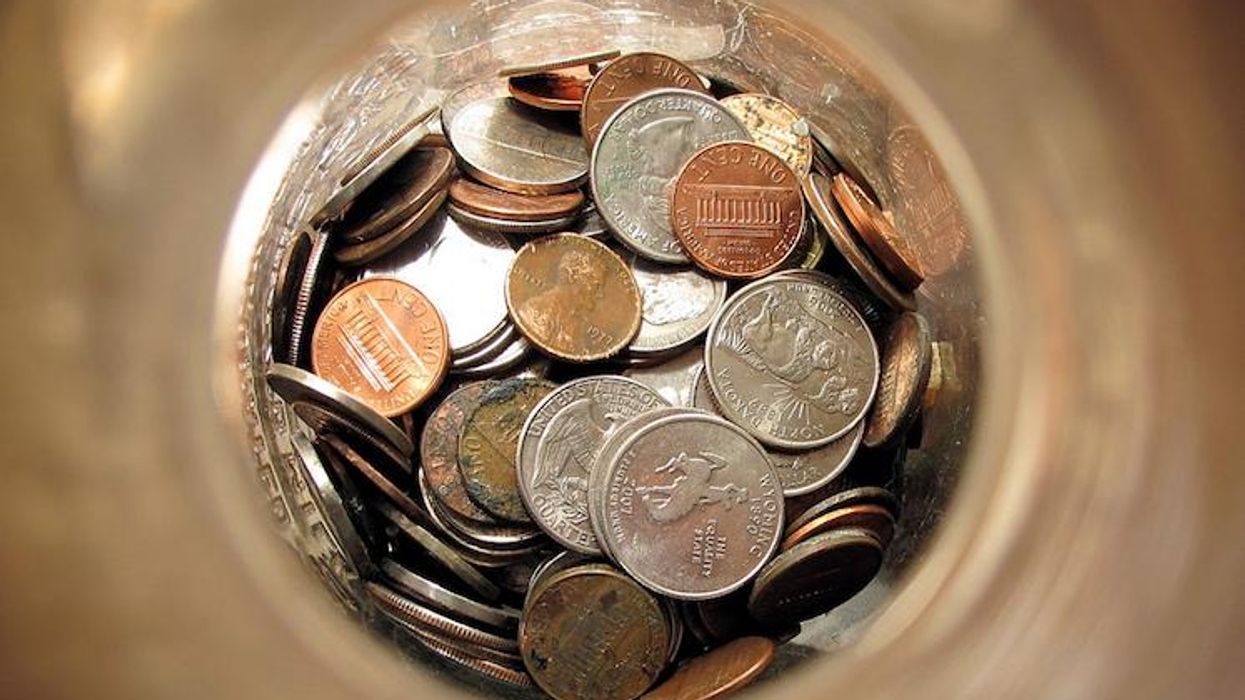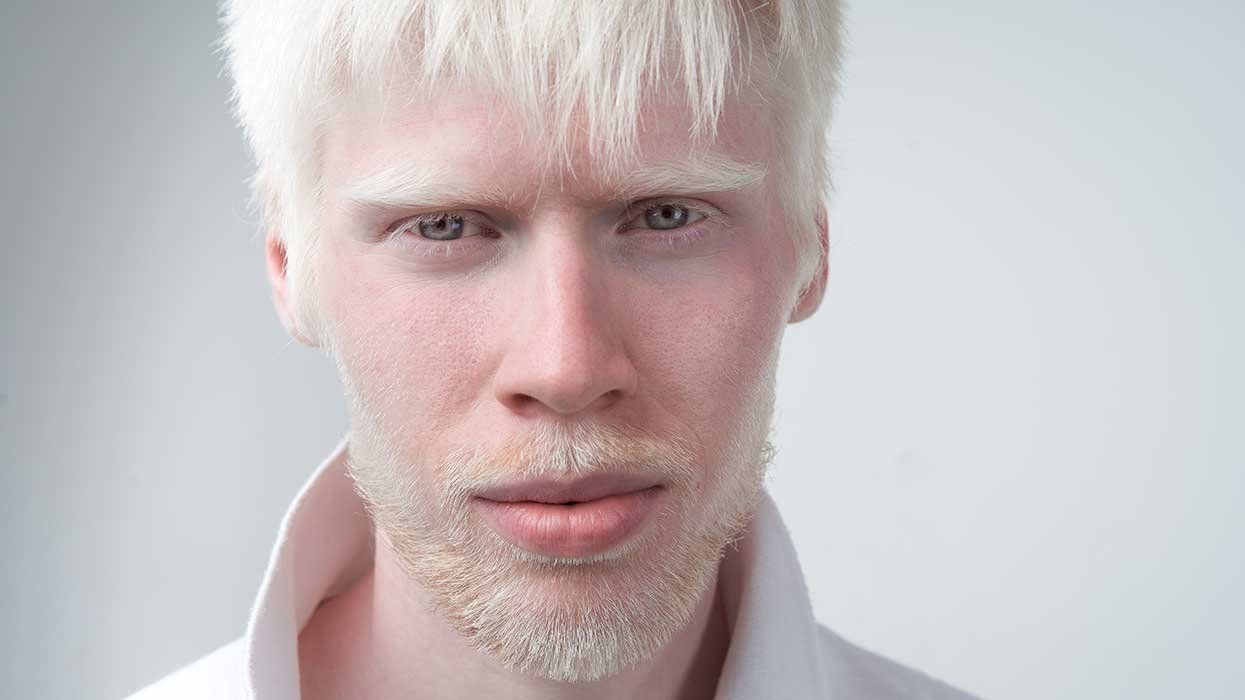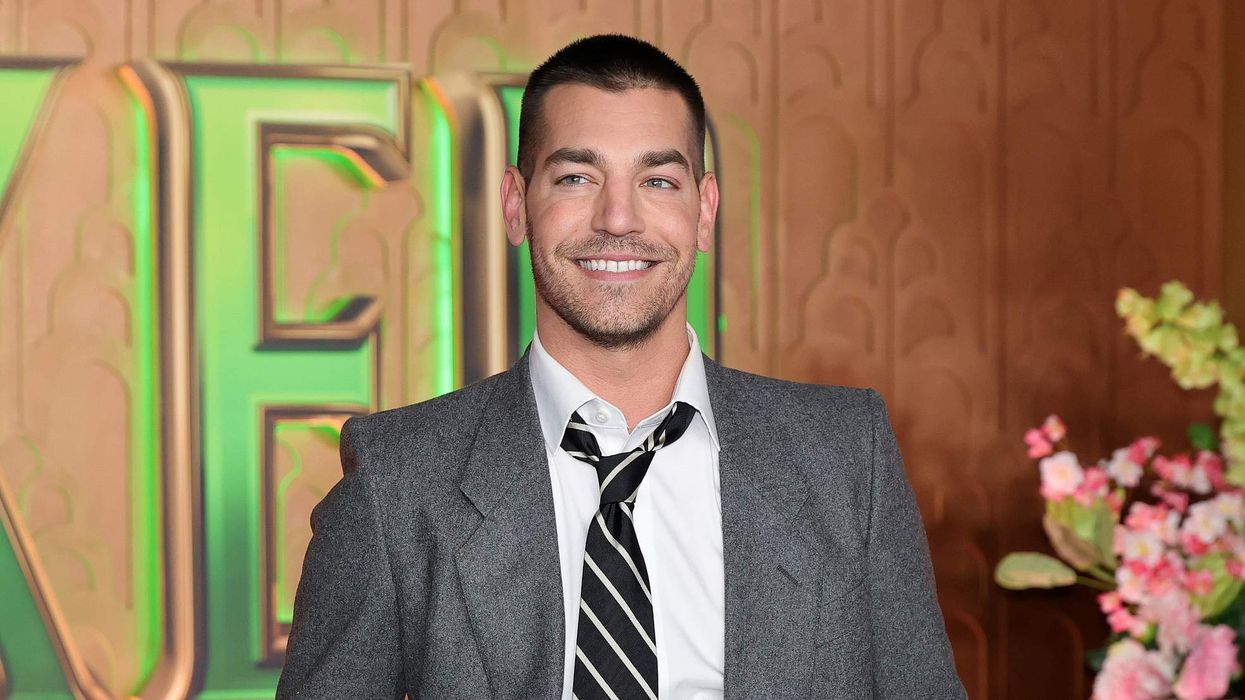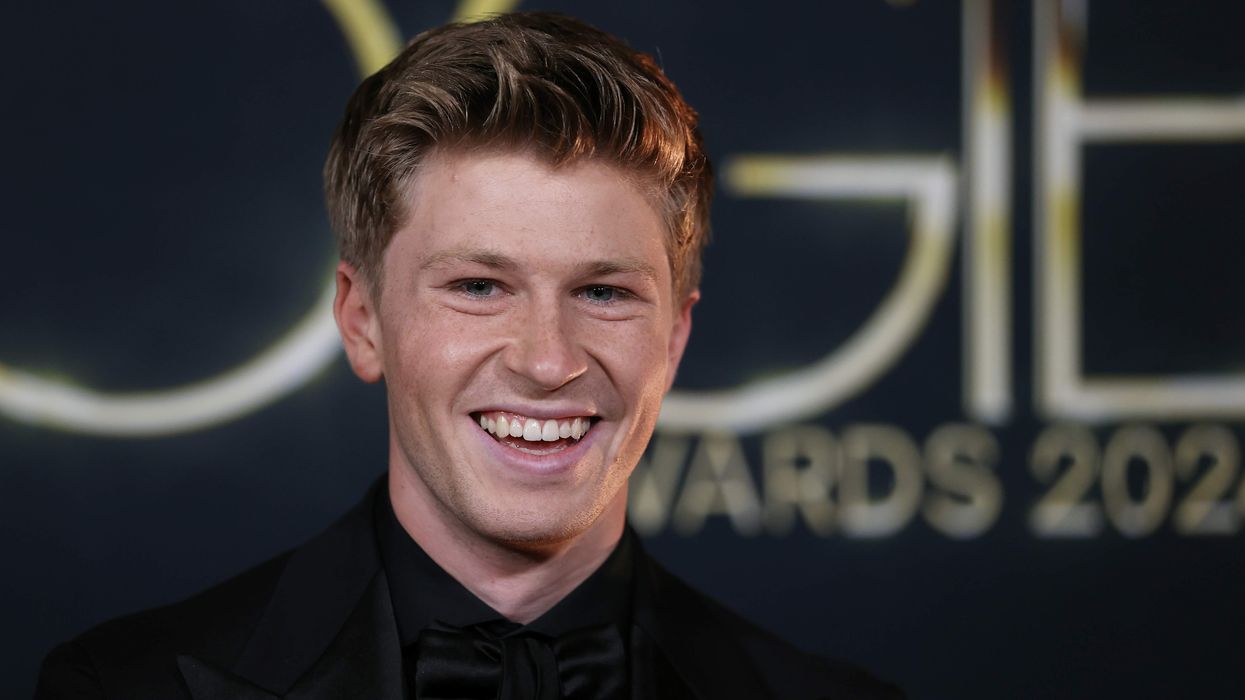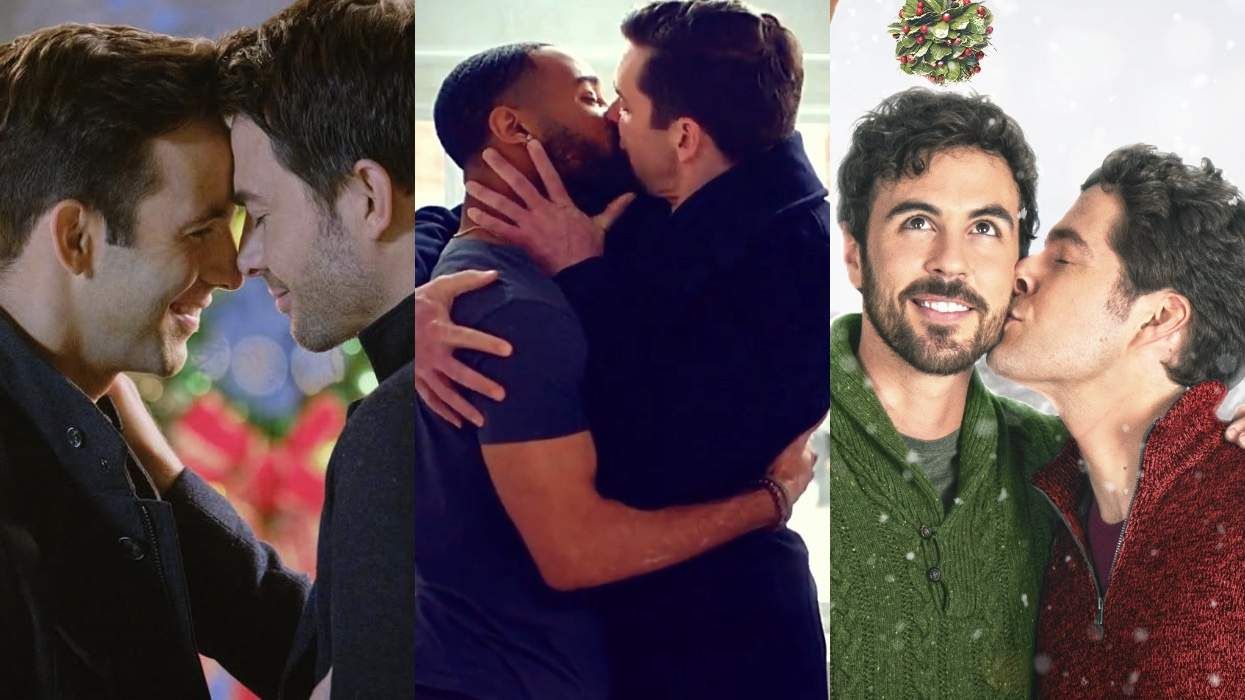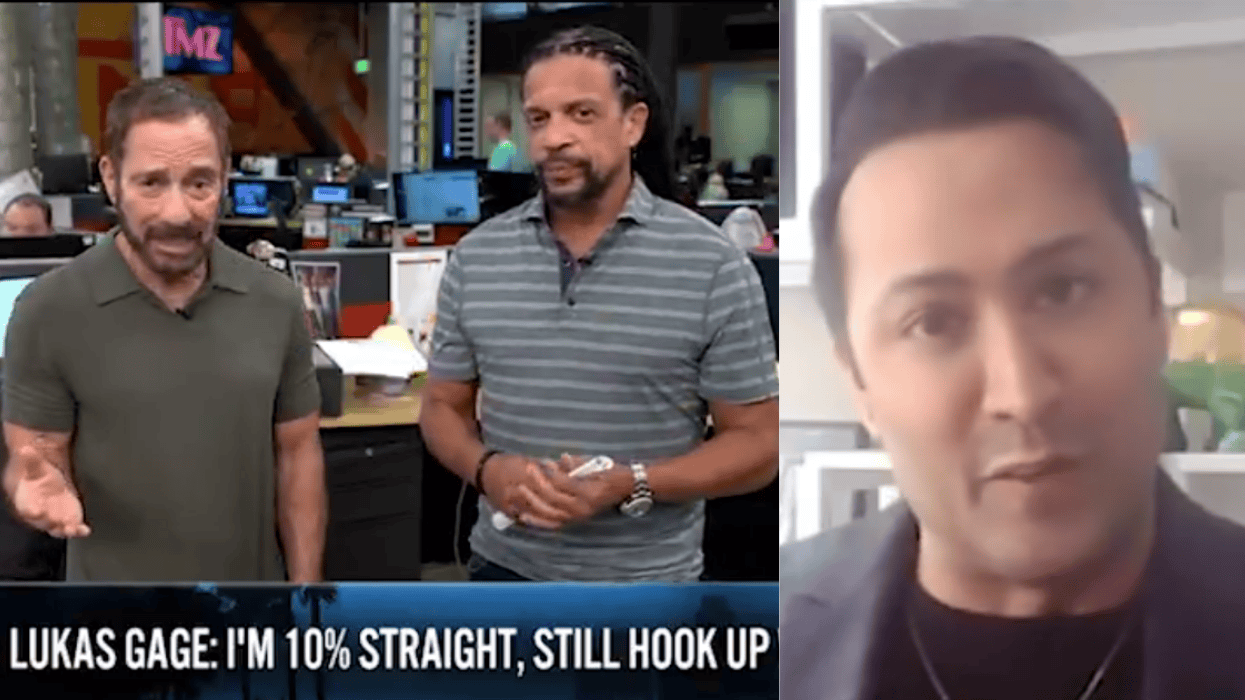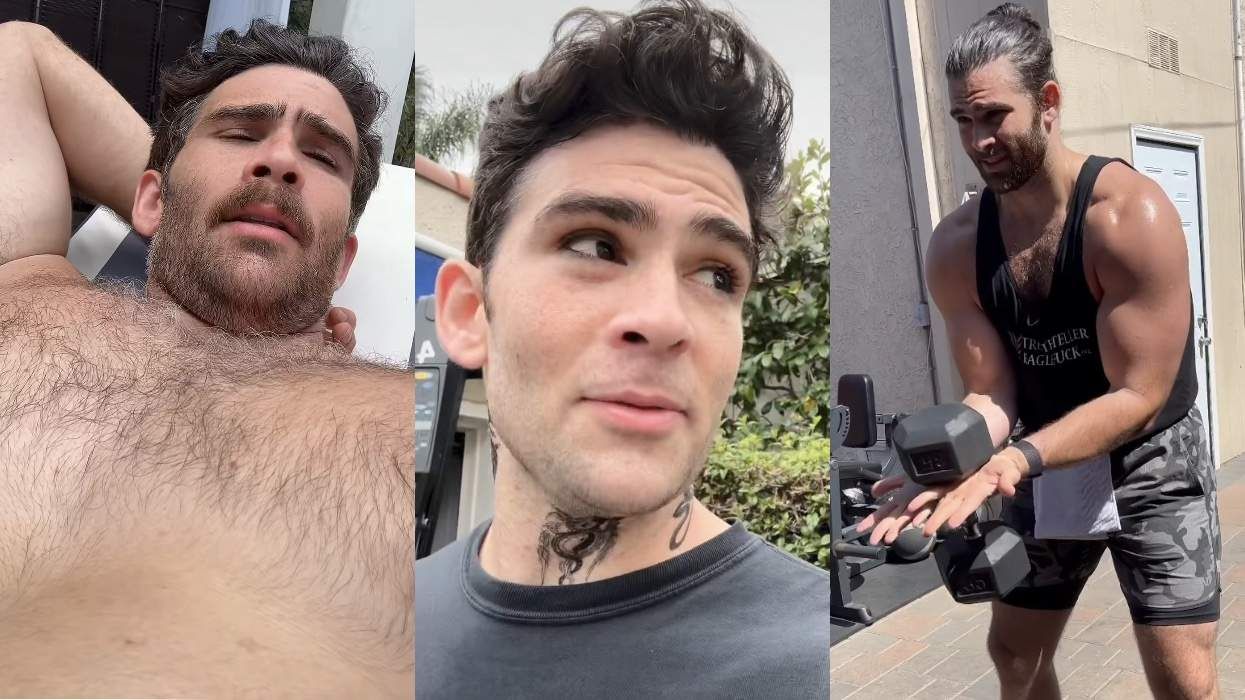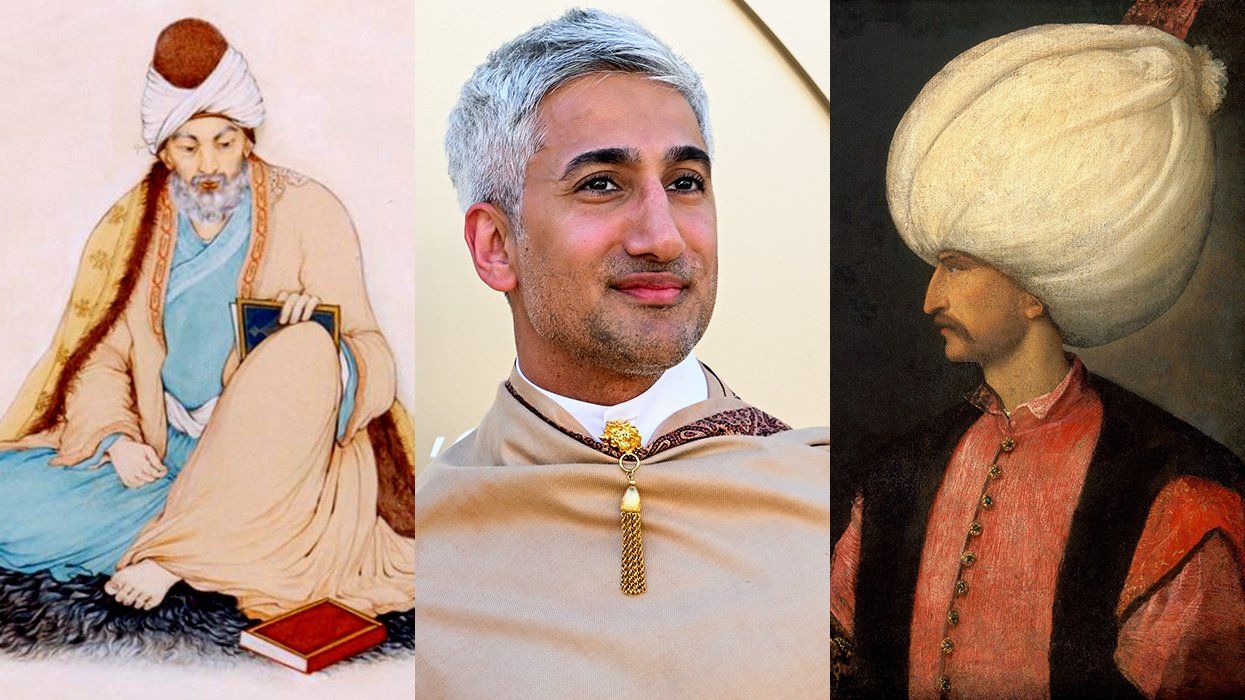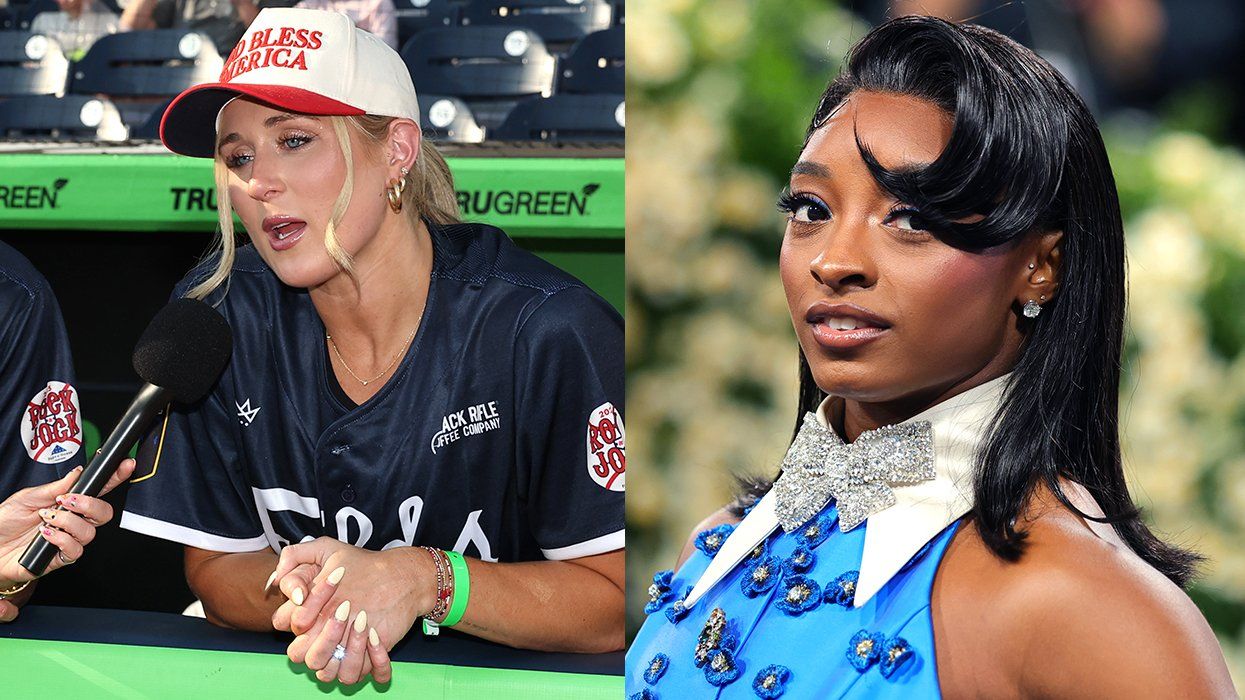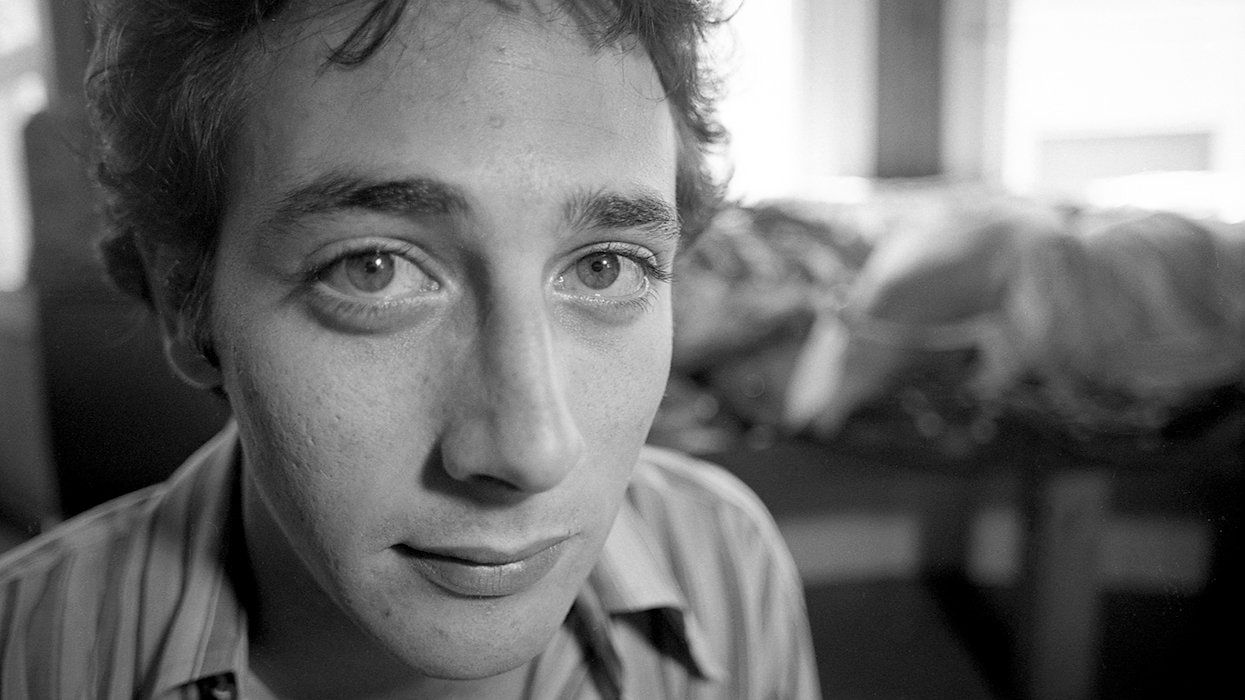In the days leading up to Pride, Manhattan streets look like one long, unending rainbow-filtered commercial. The big corporate players are sporting their messages of pride in carefully stenciled branding, like Starbucks, American Apparel, and the Gap. Even a hotdog cart near the corner of 15th Street and 7th Avenue has a rainbow flag jammed between stacks of Poland Spring water bottles.
It's all--a little much.
This year, I first experienced what smart, passionate writers had called the corporate takeover of Pride--how businesses have hijacked this once grassroots celebration of social revolution and carved the month of June into a discrete advertising campaign. Like a queer Super Bowl.
This has gone so far as Bud Lite--America's beer, if you can believe the company's latest can--to film an ad spot with Amy Schumer and Seth Rogen celebrating at a gay wedding.
When I bumped into a guy at party who worked in advertising, he told me how scared the company was of running the ad. The company was still extremely conservative, and the higher-ups worried what associating the beer with two guys marrying meant for the brand. But the ad went out anyway.
So what has made companies from Bud Lite to Apple to Angie's List not only reach out to LGBT consumers, but even defend them in states trampling on their rights by threatening boycotts? Gay economics. White, middle-class, gay men have been since the AIDS crisis a small but powerful economic force. They set trends in pop music, fashion, cooking. They have just enough disposable income to make a difference and, until now, none of the costs that come with marriage and kids many straight families face.
Now that marriage has arrived, those economics are changing.
Since 2012, the LGBT marriage has tripled from 8 percent to 30 percent. In the same four years, 15 percent of LGBTs had children; now that's 39 percent.
That's according to a survey by Prudential called the LGBT Financial Experience. The survey also found that LGBTs, despite a long history of more spending than saving, have shifted financial priorities to taking care of family members and passing on money as an inheritance.
"For LGBT respondents, in particular, meeting their goals for saving more will hinge on finding ways to spend less," the survey report said.
Compared with the general population, LGBTs have fewer savings accounts (40 percent vs. 47 percent), fewer retirement plans (35 percent vs. 40 percent), and life insurance (42 percent vs. 54 percent).
In fact, during the years leading up to marriage equality, the gay dollar that had courted so many corporations and advertisers has shrunk in power. The average gay male makes $56,936 per year--almost 32 percent less than the straight male's $83,469 per year. One gay male survey responder said that he felt "nervous and edgy when considering his financial future.
"I'm worried about how to maintain a decent quality of life," he said.
The gay rights movement has grown up. The post-AIDS generation got married, had kids, and wants to invest in their children's and grandchildren's future. As the gay dollar begins to stay in the pocket instead of trading in for a latte, how will the corporations that support us react? Will coming Pride celebrations be a lot grayer, or will these companies stick by the principles of equality that have filled both their storefronts and their coffers?
Don't bet on it--seriously.


